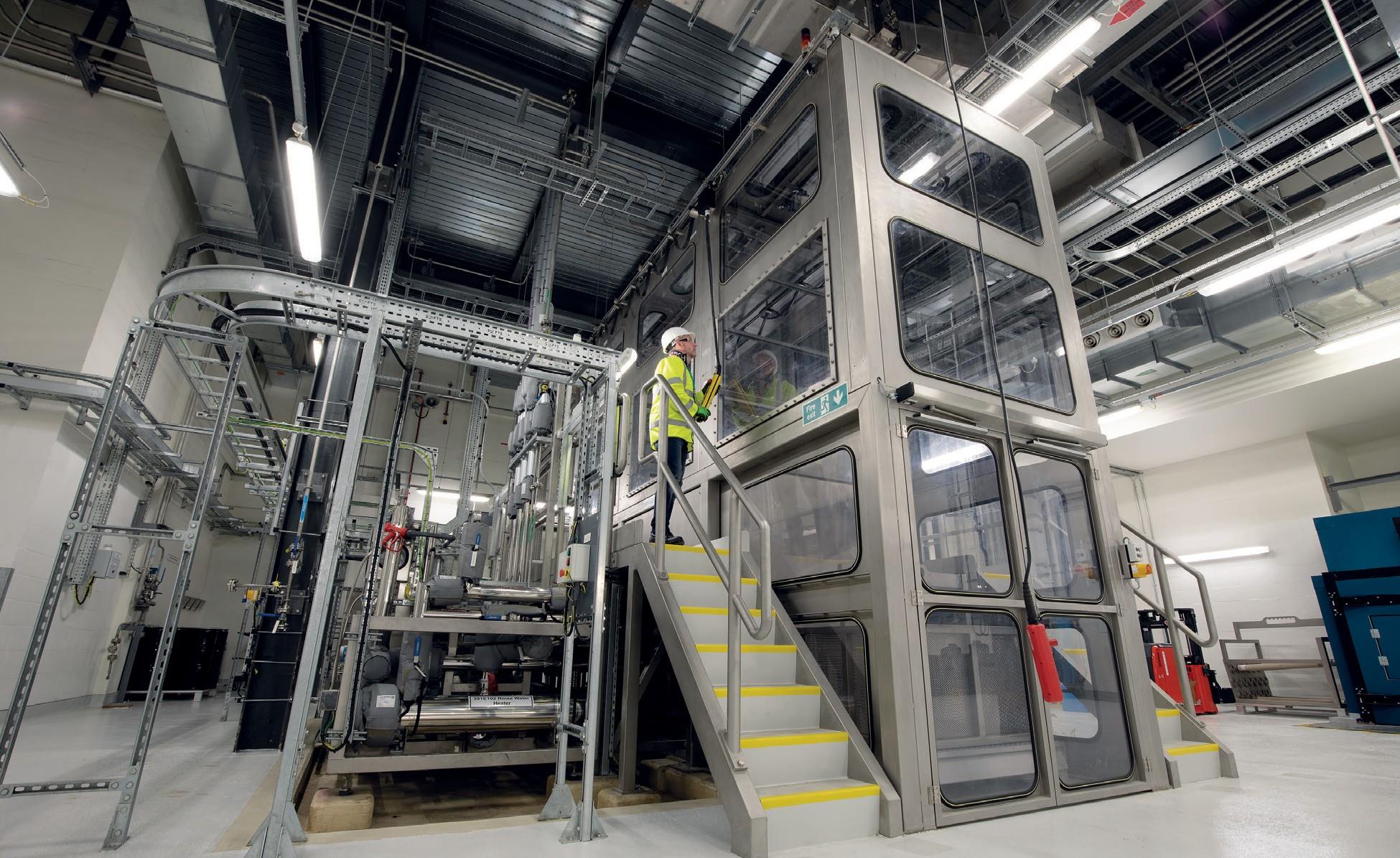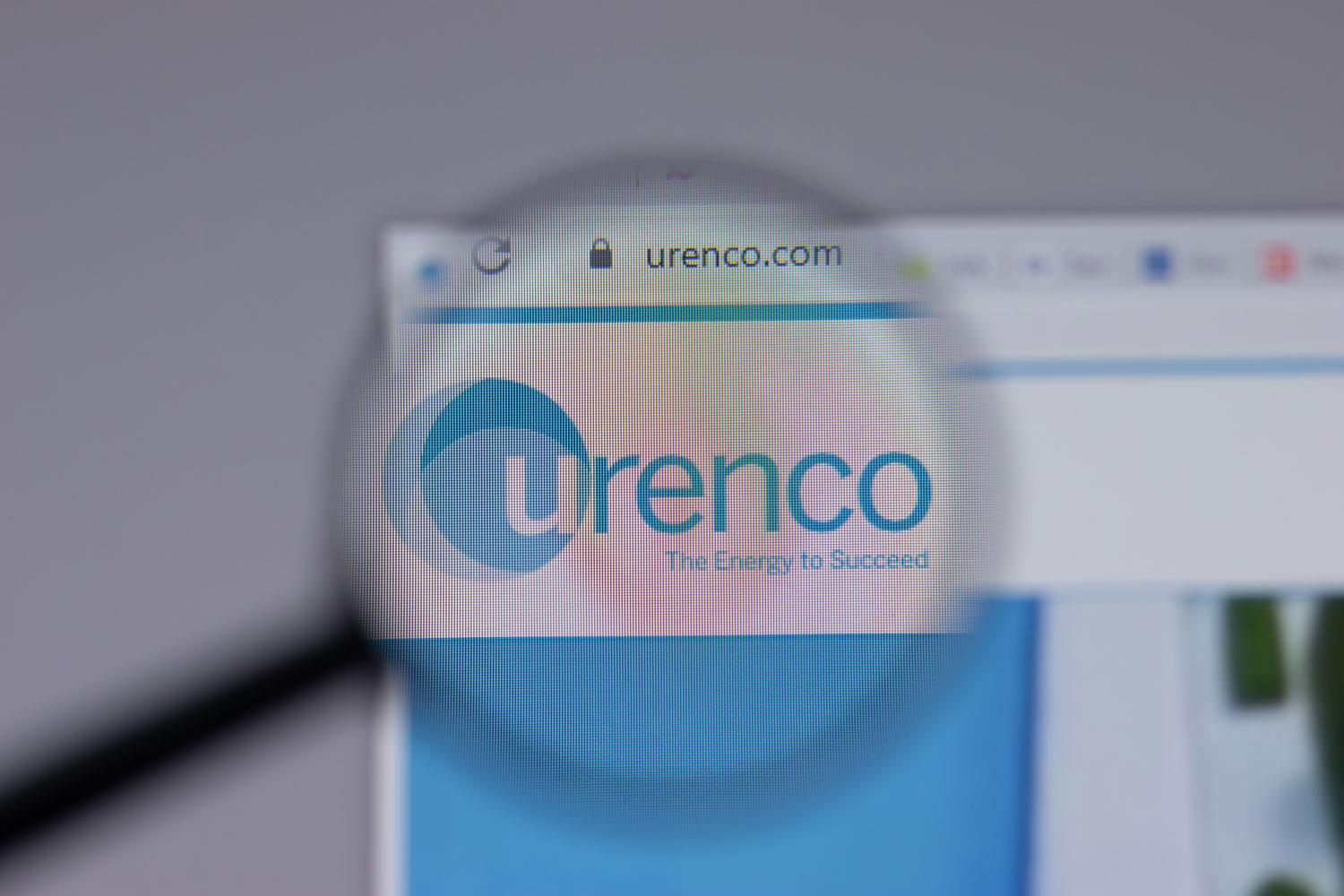The Tails Management Facility (Image: Urenco)
If nuclear is to play an important part in the Net Zero transition for years to come, delivering more carbon free energy to the world in a mix including renewables, then it goes without saying that the nuclear fuel cycle is going to be a vital component.
Uranium enrichment is a key part of the cycle, and is something Urenco is poised to do more of as it ramps up production across its four sites as part of its expansion programme, known as its capacity programme.
But with more enrichment also comes more responsibility with regards to nuclear stewardship, and is something the company takes seriously.
Managing the by-product of the enrichment process, known as tails, is a sustainable practice, enabling depleted uranium to be used again or converted for safe storage and disposal.
Urenco’s Tails Management Facility (TMF) in Capenhurst, UK, which went live in 2021, is therefore a vital part of the company’s commitment to responsible uranium stewardship.
The TMF, operated by Urenco ChemPlants Ltd, manages the deconversion of depleted uranium hexafluoride (UF6) – otherwise known as tails – to stable uranium oxide (U3O8). It comprises a number of associated storage, maintenance and residue processing facilities to support Urenco’s long-term strategy for the management of tails.
Whilst the TMF’s original two kilns went live in recent years, the combination of the climate crisis and energy security concerns in the light of the Ukraine conflict has resulted in a greater demand for nuclear energy, and therefore Urenco’s enrichment services.
So now Urenco is seeking to expand the TMF to make it capable of processing greater volumes of tails – in turn supporting energy security worldwide – a major project for which it has contracted engineering and construction company, Bechtel.
This will see Bechtel providing the front end engineering design (FEED) to support Urenco to expand the TMF, which will result in two additional kilns to process tails.
Around €1 billion was invested in the construction of the original TMF – a high quality, long-term facility, providing a service for Urenco’s customers and the wider nuclear industry.




